I have an FPGA connected to an LMS6002D SDR from Lime micro. I also have an BladeRF board which I am using to help me verify the functionality. I starting out with trying to create IQ data for BPSK modulation and I am not sure if I am understanding what format the data should be on when I send it to lms6002d.
Currently I have tried to encode binary 0 with I=500 and Q=0, while binary 1 as I=-500 and Q=0. So if I wanted to transmitt 0x2, I would send: (-500,0), (500,0)?
I have tried to verify with bladeRF (TX -> RX) and set up an IQ file with basically 0x0F0F like this (not sure if bladeRF does any processing of the data before sending):
500,0
500,0
500,0
500,0
-500,0
-500,0
-500,0
-500,0
500,0
...
..
When plotting the magnitude and angle of the received samples I get the following (close to what expected):

When trying the same in my FPGA and transmitting the same samples to lms6002d and receive with the bladeRF I get the following:

Can anyone tell based on the plot what might be wrong? Am I generating the IQ data wrong?